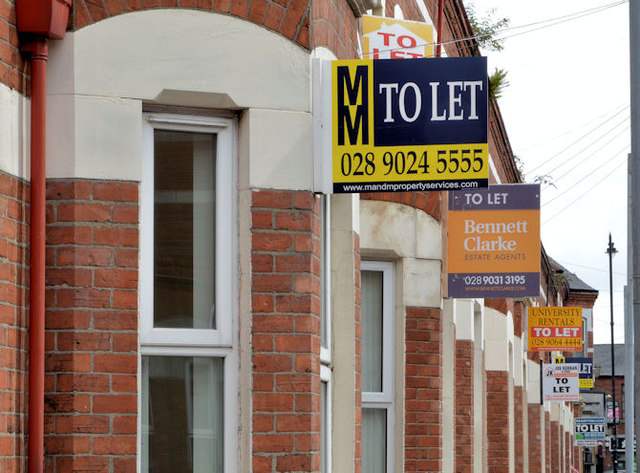“This is not Thatcher’s Britain,” Simon Harding Roots, Executive Director of Major Projects for Grosvenor Britain and Ireland, reminded the audience at the London Real Estate Forum (LREF), which concluded today (15 June) in Mayfair. “Renting isn’t a dirty word.”
Indeed, every single age demographic in the rented sector is growing. With only 12 per cent of individuals able to buy a new home in London, the build-to-rent market is emerging as an alternative solution to London’s housing crisis. With the quality of a new-build and the security of an institutional landlord, its popularity is growing with investors, developers and occupiers.
According to James Mannix, Partner and Head of Residential Capital Markets at Frank Knight, the build-to-rent could become one of the biggest asset classes in the next five years, with a potential £50 billion committed to the sector by 2020. “With tax changes resulting in lower profits in the buy-to-let market, many landlords will be looking to sell and tenants will be looking for new dwellings as the new measures start to bite,” said Mannix.
The concept of renting, however, is being redefined by new build-to-rent developments. The US idea of ‘multifamily’ residential blocks has arrived in the UK. In March, Quintain launched ‘Tipi’, a business which aims to provide new, high quality apartments with hotel-style service. Its debut development in Wembley Park was 35 per cent leased upon completion.
“The key insight, as a developer, is that we are developing a product to be sold to the occupant,” said Michael Allen, Head of PRS for Quintain. “The customer is the occupant. Previously, the customer was the landlord, usually an overseas one. Architects were not briefed properly, resulting in poor quality flats with high maintenance costs.”
A number of institutions are eager to follow suite. “We’ve had to change strategy; we’re deploying about a £1 billion into PRS,” said Helen Gordon, Chief Executive of Grainer. “There’s lots of opportunity out there.”
Since joining LaSalle Investment in 2015, John Henry, Director of Residential Transactions at LaSalle Investment Management, has transacted on £325 million of Build-To-Let and PRS deals comprising 1,600 homes in five locations. “There is currently a lack of supply, so we have dedicated £300 million to forward funding and development,” said Henry.
Greystar, which currently operates over 420,000 units in the US, is looking to build another 10,000 in the UK over the next four years. “We’re focussing on high density developments in zones 2-5 in London, but may widen our search,” said Michela Hancock, Development Director for Greystar.
According to Roots, the built-to-rent sector has an opportunity to remedy the quality and security issues which plague the private rented sector. If these can be addressed, he said, home ownership may cease to be a priority. “One of the key factors is the quality of management, which will pull up the rest of the sector,” said Roots.
Roots added that the built-to-rent sector also has the ability to deliver new homes at great speed. “It’s attracting new money and bringing faster delivery,” he said. “There is so much delivery; it’s not just talk.”
However, as a relative newcomer, the build-to-rent sector is struggling for its share of the limelight. “There remains a heavy focus on owner occupied; we need the private rented sector to be acknowledged,” said Katherine Rodgers, Director of Development, Urban Neighbourhoods, Grosvenor. “However, there’s a growing acceptance that discount rental homes are a good alternative to affordable housing.”
“We need to lead the way, encouraging density with intensity and great design,” said Roots. “We need a clear, city-wide interventionist approach from the GLA. “Build-to-rent is special – the economics are different. This is a long-term investment, which is harder to stack up. Density is not the devil – we need to grapple with this.”
Build-to-rent may come with its own unique challenges, but if it can offer a viable alternative to home ownership where homes can’t be built fast enough, it is likely to become a permanent tenant in the UK market.




